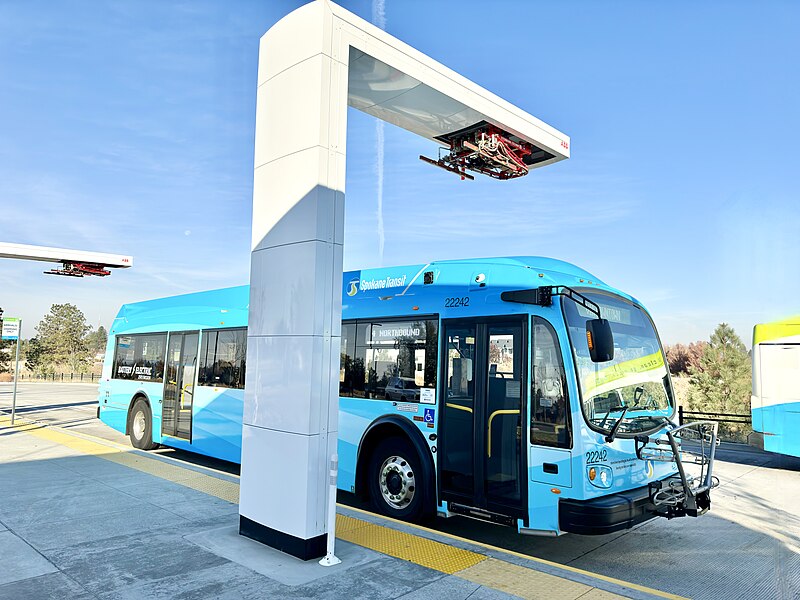As cities around the globe increasingly turn to electric vehicles to reduce emissions and enhance urban mobility, electric buses are becoming a prominent feature of public transportation systems. With this shift toward greener alternatives, questions about the safety of electric buses have arisen. Are these innovative vehicles truly safe for passengers, pedestrians, and drivers alike?
The Rise of Electric Buses
Electric buses are designed to operate with battery-powered electric motors instead of traditional diesel engines. This shift not only reduces greenhouse gas emissions but also lessens noise pollution in urban environments. According to the American Public Transportation Association, electric buses can significantly cut operating costs in the long term operation of bus schedule for bus due to lower fuel and maintenance expenses. However, their safety features and performance are equally critical factors that need consideration as cities invest in these modern transit solutions.
Safety Features
Electric buses are equipped with advanced safety technologies that often surpass those found in conventional buses. For example, many electric buses come with features such as:
Regenerative Braking: This technology allows the bus to recover energy while slowing down, which not only improves efficiency but also enhances braking performance.
Enhanced Stability Control: Many electric buses utilize sophisticated systems to improve stability during adverse weather conditions, making them safer to operate.
Advanced Driver Assistance Systems: Features like collision avoidance systems, automatic braking, and lane-keeping assistance help reduce the likelihood of accidents.
Low Center of Gravity: The placement of heavy batteries in electric buses results in a low center of gravity, which enhances stability and reduces the risk of rollovers.
Crash Safety
Electric buses must meet the same crash safety standards as conventional buses. The Federal Motor Vehicle Safety Standards (FMVSS) outline stringent requirements for all buses, regardless of their propulsion method. This includes testing for crashworthiness and ensuring that safety systems such as seat belts and emergency exits are in place.
Moreover, electric buses are often designed with robust structures to absorb impact and protect passengers in the event of a collision. Studies have indicated that electric buses, when equipped with these safety features, perform comparably to or better than their diesel counterparts in crash tests.
Public Perception and Concerns
Despite the technological advancements and regulatory standards, public perception plays a crucial role in the acceptance of electric buses for bus schedule for bus services. Concerns about battery fires, maintenance of safety features, and driver training can influence opinions. It’s essential for transportation authorities to address these fears through transparent communication and by providing data showcasing the safety record of electric buses. Moreover, ongoing driver education and rigorous maintenance protocols are vital to ensure that these buses operate safely and efficiently. As more cities implement electric buses, continuous monitoring and sharing of safety data can help foster public trust.
What we make of it
Electric buses are not only a step forward in sustainable transportation but are also designed with safety as a top priority. With advanced technologies, adherence to strict safety regulations, and proactive measures to address public concerns, electric buses are proving to be a safe and reliable alternative to traditional diesel buses. As cities embrace these vehicles, they pave the way for a cleaner, quieter, and safer urban future.
